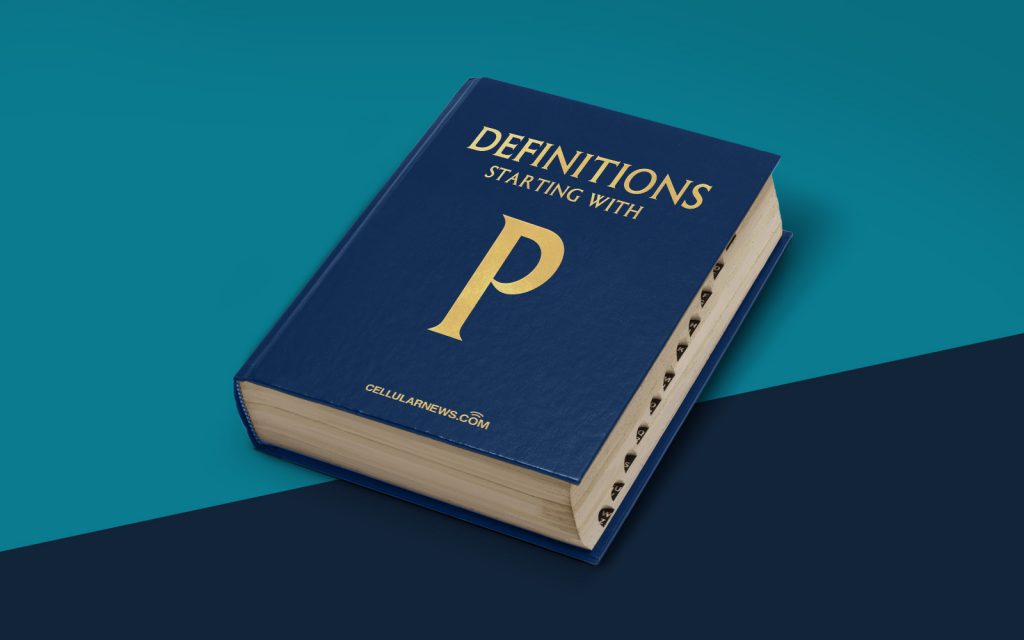
DEFINITIONS: What is Procure-to-Pay?
Welcome to the “DEFINITIONS” category on our blog! In this series, we aim to simplify complex business jargon so that you can enhance your understanding of various terms. Today, we’ll be diving into the concept of Procure-to-Pay (P2P).
Have you ever wondered what is Procure-to-Pay? Procure-to-Pay refers to the process or cycle that an organization follows to obtain, manage, and pay for the goods and services it requires to run its operations efficiently. It encompasses all the steps involved, from identifying the need for a specific item or service to the final payment made to the supplier. Let’s explore this further!
Key Takeaways:
- Procure-to-Pay is an end-to-end process that includes sourcing, purchasing, receiving, and payment. It ensures that a company obtains the right goods and services, at the right time, and at the right price.
- Automating the Procure-to-Pay process can streamline operations, enhance spending control, and improve supplier relationships.
Now, you might be wondering why Procure-to-Pay is crucial for businesses. Let’s break it down into its essential components:
- Sourcing: This step involves researching and identifying potential suppliers who can meet your organization’s requirements. It includes activities such as supplier selection, negotiation, and contract management. The aim is to find reliable suppliers who offer quality products or services at competitive prices.
- Purchasing: Once the sourcing phase is complete, the purchasing process begins. This involves creating purchase orders, obtaining necessary approvals, and ensuring compliance with organizational policies. It ensures that the correct items are ordered, quantities are accurate, and delivery expectations are communicated clearly.
- Receiving: In this step, the organization receives the ordered goods or services. It involves inspecting the items for quality, verifying quantities, and resolving any discrepancies. Proper documentation and inventory management are critical to ensure transparent recording of received items and facilitate accurate payment processing.
- Payment: The final step in the Procure-to-Pay process is payment to the supplier. This includes capturing invoices, validating them against the purchase orders, and ensuring proper approval workflows. Once approved, payments are made to the supplier within the agreed-upon terms, ensuring a smooth financial transaction.
Implementing an efficient Procure-to-Pay process brings several benefits to an organization. Here are two key takeaways:
- Streamlined operations: By automating and digitizing the Procure-to-Pay process, organizations can reduce manual work, eliminate errors, and enhance efficiency. This leads to faster order processing, improved supplier relationships, and better overall productivity.
- Effective spending control: Proper Procure-to-Pay practices enable organizations to maintain better visibility into their spending patterns. By implementing approval workflows, budget controls, and analytics, companies can optimize their spending, negotiate better deals, and identify cost-saving opportunities.
In conclusion, Procure-to-Pay is a vital process in any organization’s operations. It ensures that businesses can efficiently manage their purchasing activities, maintain supplier relationships, and make timely payments. By embracing automation and best practices, organizations set themselves up for success in an increasingly competitive business environment.
We hope this blog post has provided you with a clearer understanding of what Procure-to-Pay is all about. Stay tuned for more informative posts in our “DEFINITIONS” category!
